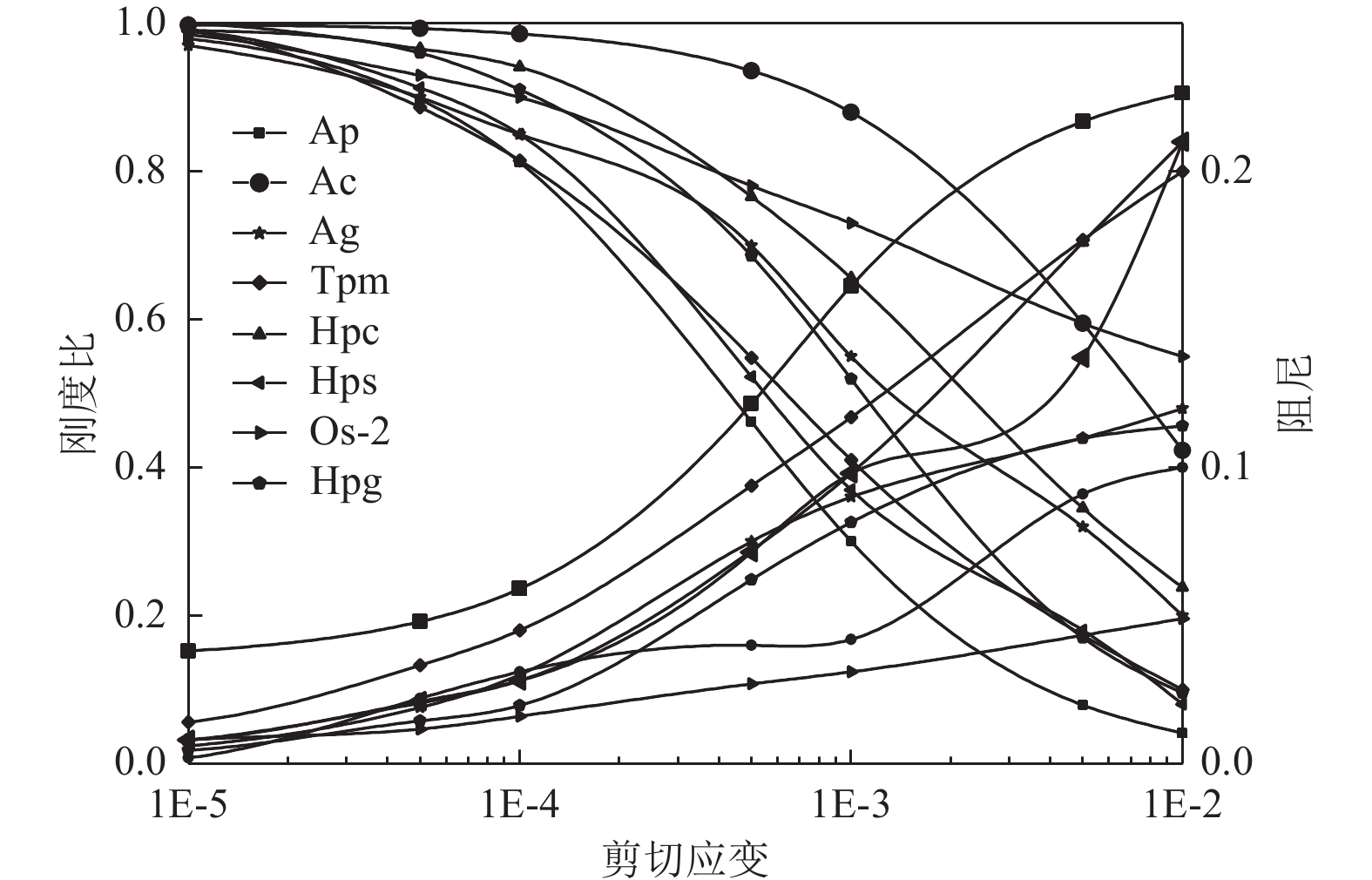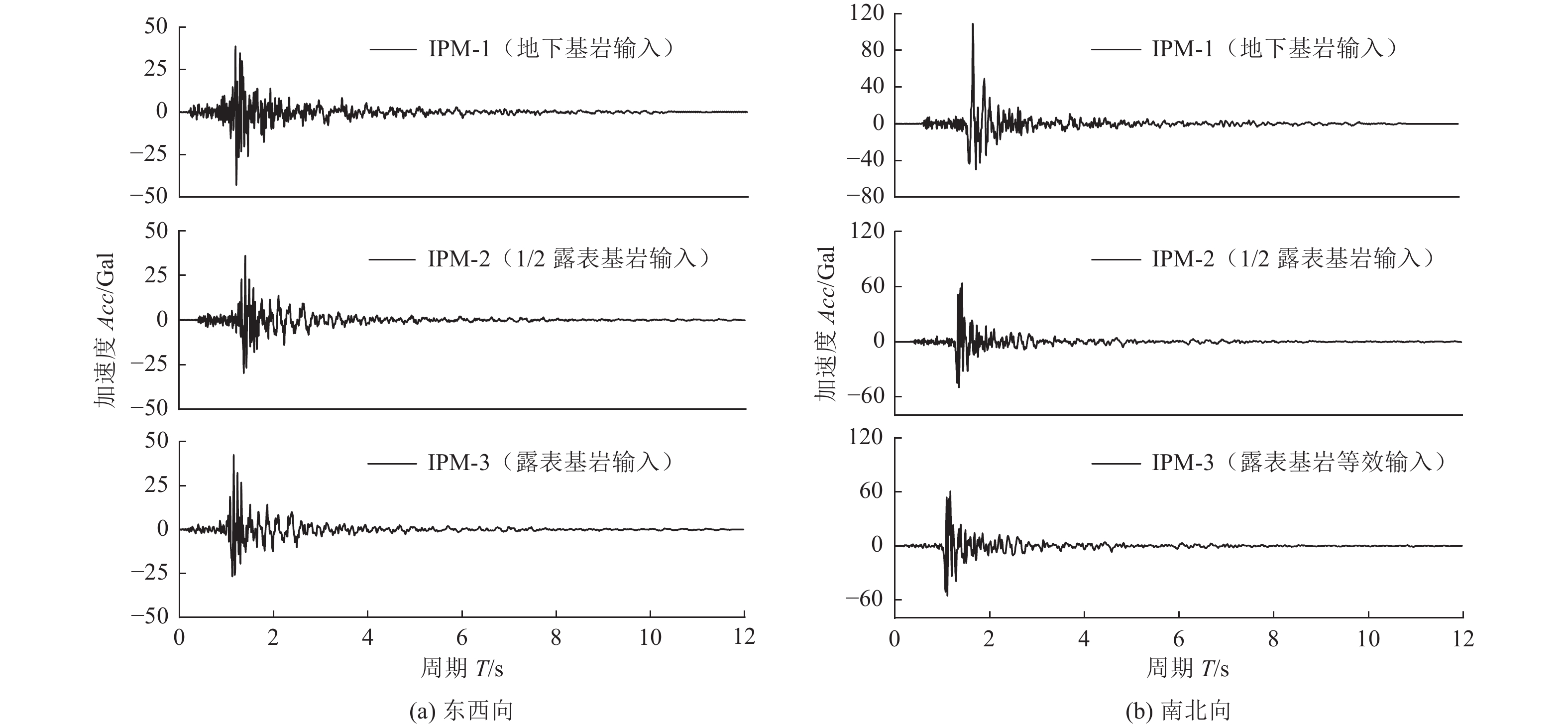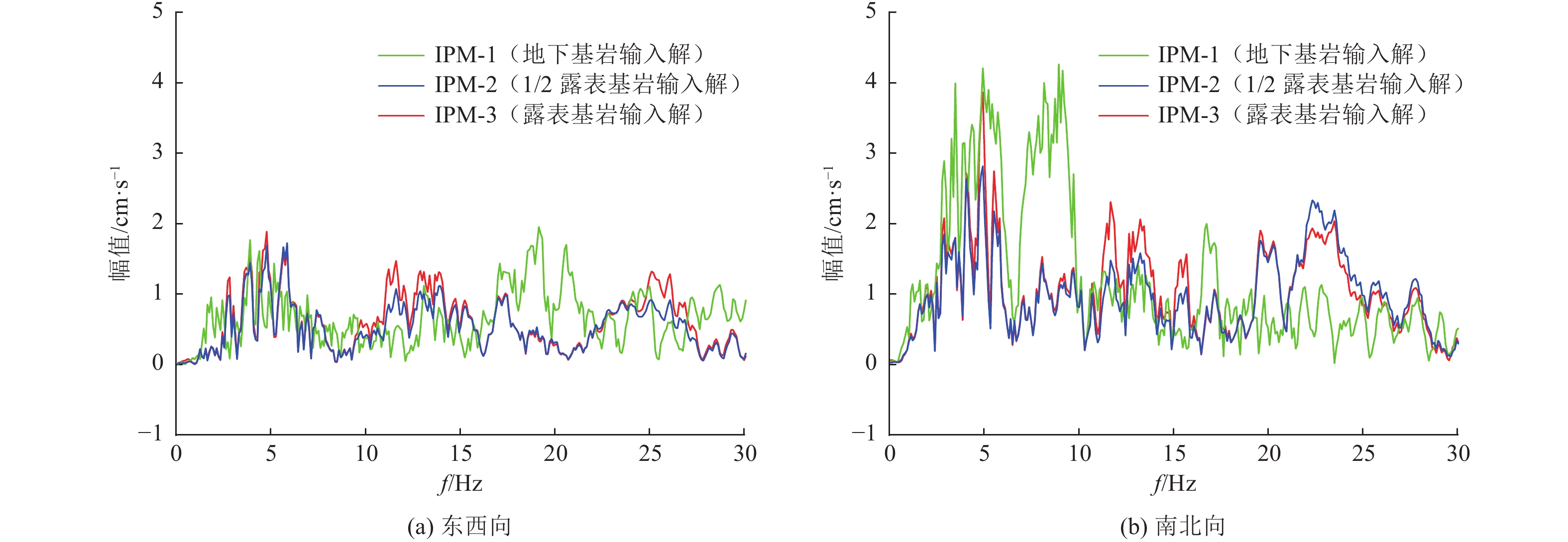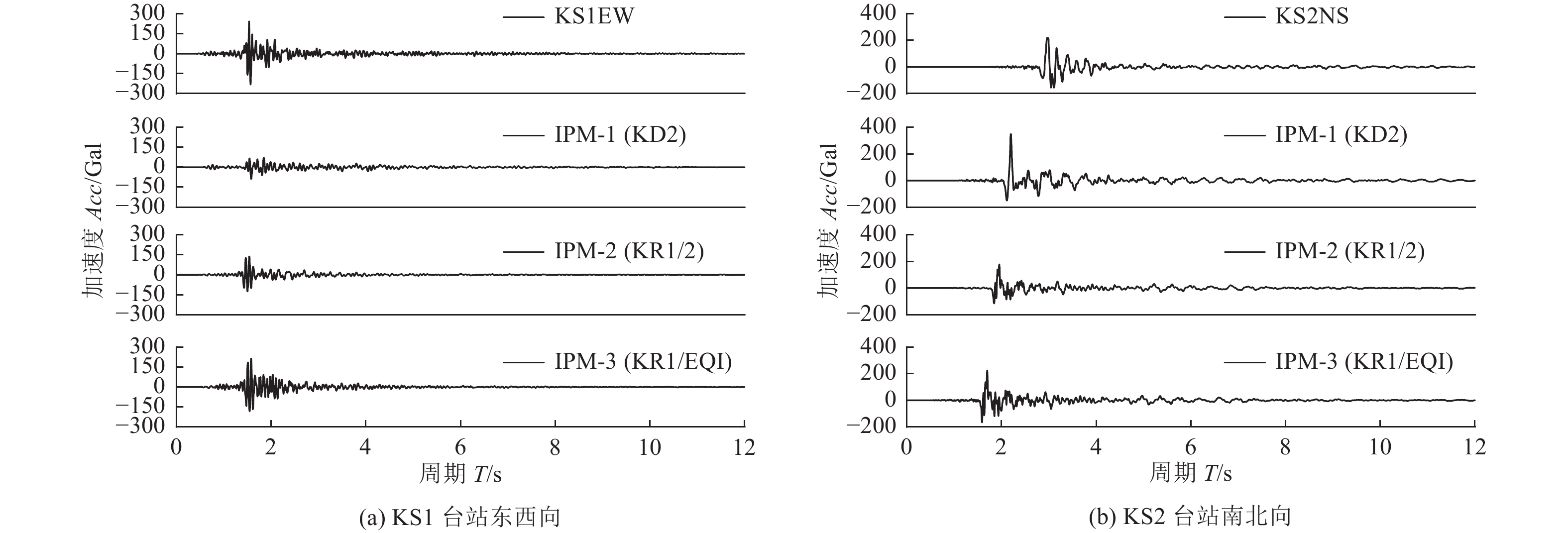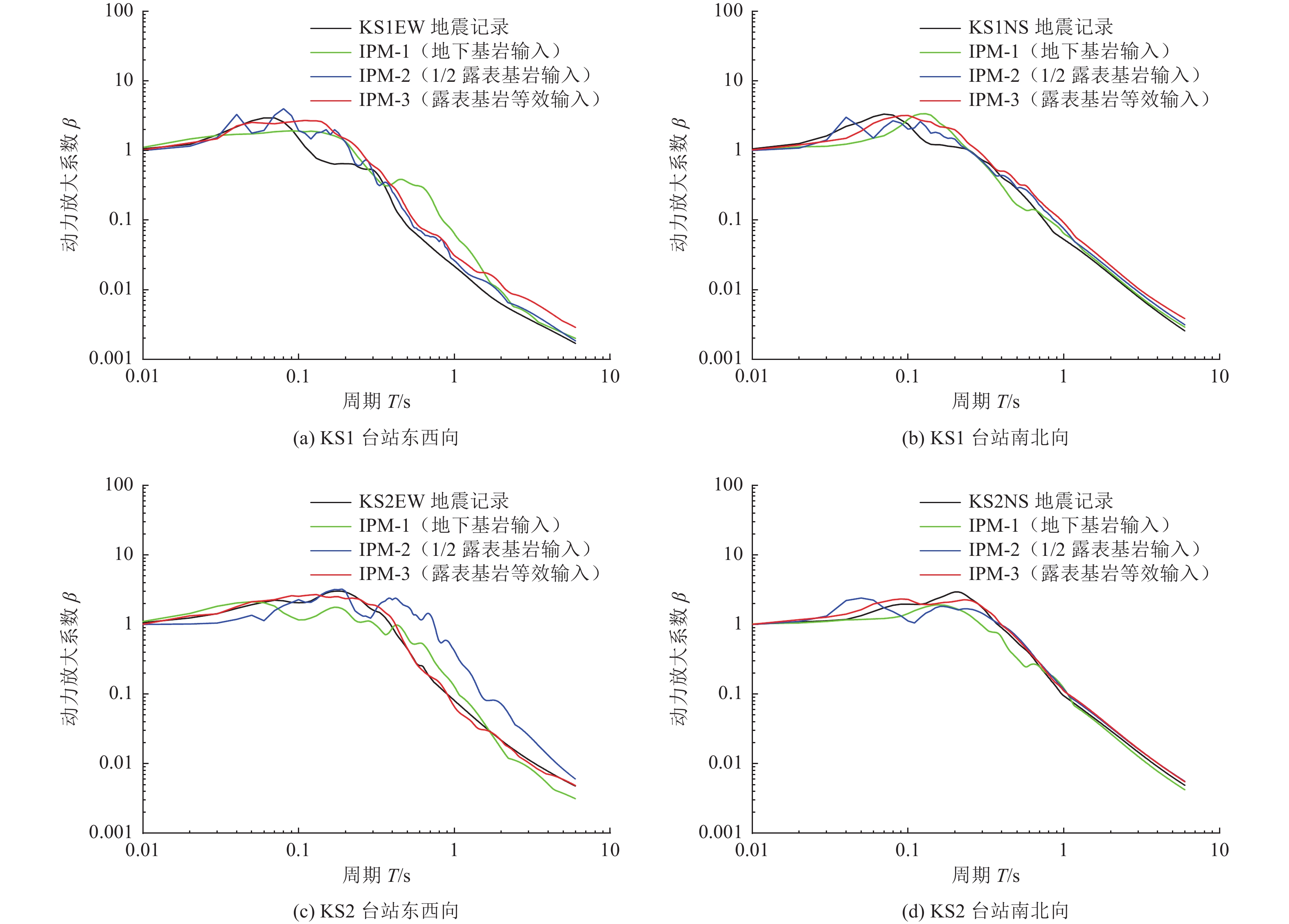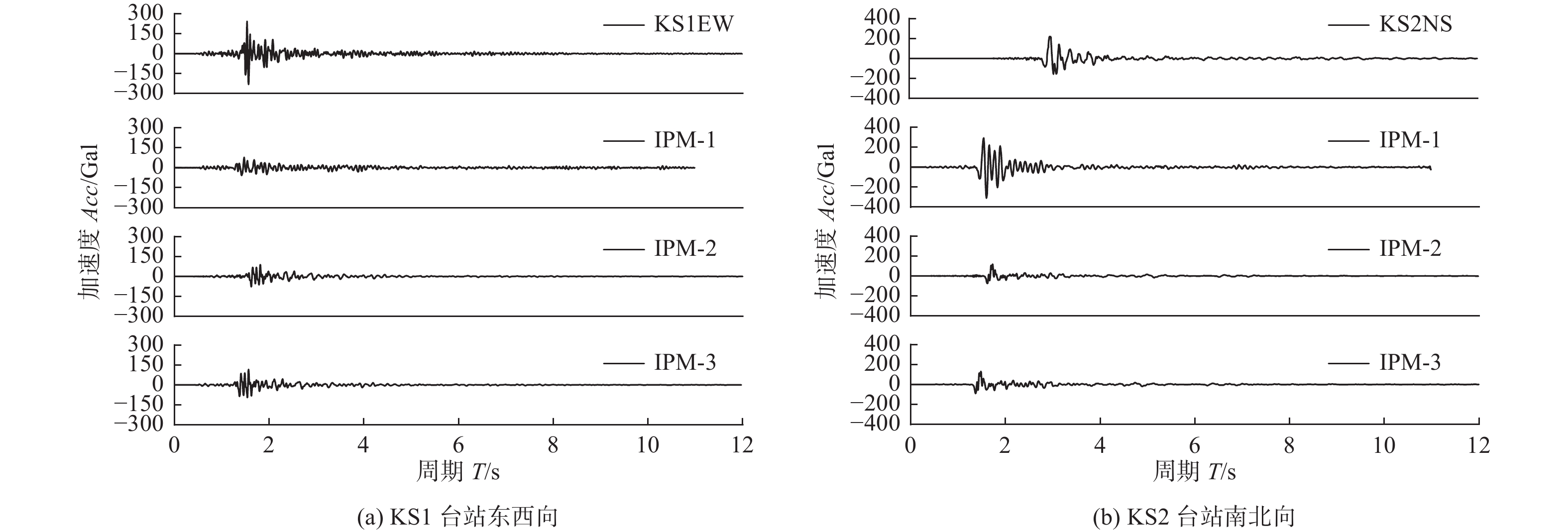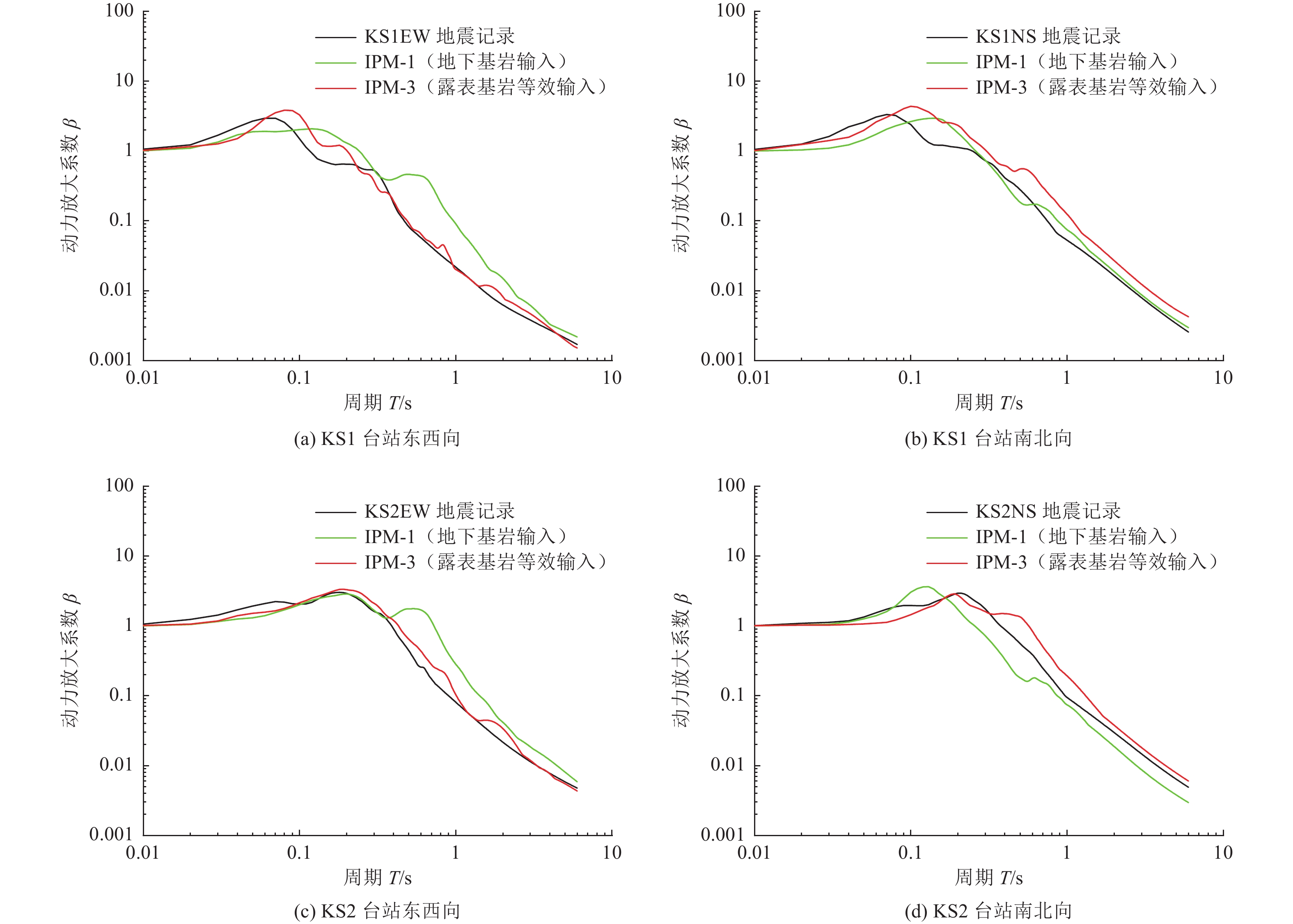The Influence of Different Bedrock Input Models on Ground Motion Predictions Based on Ashigara Valley Test Site Data
-
摘要: 随着强震台网的密布及观测记录的增加,为研究各类局部场地地震反应预测模型的合理性提供了有效的参考依据,也使利用强震记录及场地条件研究地震动特征成为可能。选取场地地质参数资料和地震记录数据齐全的日本小田原(Ashigara Valley)盲测试验场地,通过对比不同地震动输入方式及场地反应分析模型,研究地震动特征,分析现有模型的优劣。基于1990年8月5日M5.1强震事件的地表基岩记录和地下基岩地震记录,采用地下台强震记录直接输入、地表基岩台强震记录减半为基底地震动输入、地表基岩台强震记录反演为基底地震动输入作为3种基岩地震动输入。基于局部场地条件分别建立一维等效线性模型、二维黏弹性模型及二维时域等效线性化模型等工程中常用的场地数值分析模型,进行局部场地地震反应分析,预测该盲测场地的地表地震动特征,并与对应的实测强震记录结果进行对比,分析不同基岩地震动输入方式对预测地震动特征及地表土层反应谱特征的影响,重点分析地震动输入、土体非线性、场地横向不均匀性及几何与非线性特征共同作用等因素对地表地震动特征的影响,以期为地表地震动的合理预测提供参考。Abstract: With the dense network of strong earthquake stations and the continuous enrichment of observation records, it is possible to study the characteristics of ground motion by relying on the strong earthquake records of local test sites and site conditions. The rationality of various analysis models in engineering has become a key issue to improve the prediction level of ground motion. In this paper, the Ashigara Valley test site in Japan with complete geological parameter data and seismic record data is selected. Based on the M5.1 strong earthquake event, different bedrock seismic input modes and site response analysis models are selected to compare and study the ground motion characteristics, and the differences of typical local site analysis models are discussed. The bedrock seismic input depends on the surface bedrock and underground bedrock seismic records, and the following three bedrock seismic input modes at the basement are adopted respectively: (1) the underground bedrock seismic records; (2) half of the strong seismic record values of the surface bedrock station; and (3) the time histories by inversion method of surface bedrock records. At the same time, based on local site conditions, the following three numerical analysis models commonly used in engineering are established respectively : (1) one-dimensional equivalent linearization; (2) two-dimensional viscoelasticity; (3) two-dimensional time-domain equivalent linearization, the seismic responses are simulated. The ground motions of this blind site are predicted and the predicted results are compared with corresponding measured strong seismic records. The differences of predicted peak values of ground motion amplification characteristics and response spectrum characteristics of surface soil layer by various analysis models are discussed. With emphasis on the influence of different bedrock seismic input, soil nonlinearity, site lateral nonuniformity and geometrical and nonlinear interaction on ground motion characteristics, it provides reference and suggestion for reasonable prediction of ground motion.
-
Key words:
- Site conditions /
- Seismic input /
- Ground motion /
- Response spectrum
-
表 1 土壤参数
Table 1. Soil parameters
项目 密度
/kg·m−3S波波速
/m·s−1P波波速
/m·s−1Ap 1 400.0 70.0 1 500 Ac 1 500.0 150.0 1 500 Ag 1 900.0 350.0 1 800 Tpm 1 400.0 160.0 1 500 Hpc 1 700.0 400.0 1 800 Hps 1 800.0 400.0 1 800 Hpg 2 300.0 700.0 2 000 Os-2 2 200.0 800.0 2 200 表 2 输入地震动的峰值加速度
Table 2. The peak accelerations of input motions
地震动输入方式 峰值加速度/Gal IPM-1 (KD2 ) IPM-2 (0.5 KR1) IPM-3 (EQIKR1) 东西向 34.208 36.210 41.52 南北向 102.820 59.890 60.760 表 3 1 DELF模型预测的加速度峰值
Table 3. The peak ground acceleration predicted by 1 DELF
项目 加速度峰值/Gal KS1台站东西向 KS1台站南北向 KS2台站东西向 KS2台站南北向 地震观测记录 230.940 182.40 103.920 223.110 IPM-1 (KD2) 88.040 200.880 80.540 350.670 IPM-2 (0.5 KR1) 138.950 141.339 66.870 178.600 IPM-3 (EQIKR1) 214.520 267.140 94.470 225.410 表 4 2 DLT模型预测的加速度峰值
Table 4. The peak ground acceleration predicted by 2 DLT
项目 加速度峰值/Gal KS1台站东西向 KS1台站南北向 KS2台站东西向 KS2台站南北向 地震观测记录 230.940 182.400 103.920 223.110 IPM-1 67.670 285.140 46.580 253.610 IPM-2 88.280 145.720 97.810 118.439 IPM-3 117.146 160.130 51.700 130.390 表 5 2 DELT模型预测的加速度峰值
Table 5. The peak ground acceleration predicted by 2 DELT
项目 加速度峰值/Gal KS1台站东西向 KS1台站南北向 KS2台站东西向 KS2台站南北向 地震记录 230.94 182.40 103.92 223.11 IPM-1 78.40 311.56 53.39 207.50 IPM-3 128.75 117.22 53.69 184.63 -
丁毅, 王玉石, 王宁等, 2021. 地表/井下反应谱比值非线性统计特征与影响因素研究. 震灾防御技术, 16(2): 362—370Ding Y. , Wang Y. S. , Wang N. , et al. , 2021. Study on nonlinear statistical characteristics of surface/downhole response spectrum ratio and influencing factors. Technology for Earthquake Disaster Prevention, 16(2): 362—370. (in Chinese) 李小军, 1992. 场地土层对地震地面运动影响的分析方法. 世界地震工程, (2): 49—60. 廖振鹏, 2002. 工程波动理论导论. 2版. 北京: 科学出版社.Liao Z. P. , 2002. Introduction to wave motion theories in engineering. 2 nd ed. Beijing: Science Press. (in Chinese) 马俊玲, 丁海平, 2017. 基于等效线性化方法的一维土层地震反应通用计算程序对比. 震灾防御技术, 12(4): 725—742 doi: 10.11899/zzfy20170401Ma J. L. , Ding H. P. , 2017. Comparison of general calculation programs for one-dimensional site seismic response based on equivalent linearization method. Technology for Earthquake Disaster Prevention, 12(4): 725—742. (in Chinese) doi: 10.11899/zzfy20170401 王海云, 2014. 土层场地的放大作用随深度的变化规律研究−以金银岛岩土台阵为例. 地球物理学报, 57(5): 1498—1509.Wang H. Y. , 2014. Study on variation of soil site amplification with depth: a case at Treasure Island geotechnical array, San Francisco bay. Chinese Journal of Geophysics, 57(5): 1489—1509. (in Chinese) 杨笑梅, 赖强林, 2017. 二维土层地震反应分析的时域等效线性化解法. 岩土力学, 38(3): 847—856 doi: 10.16285/j.rsm.2017.03.030Yang X. M. , Lai Q. L. , 2017. Time-domain equivalent linearization method for two-dimensional seismic response analysis. Rock and Soil Mechanics, 38(3): 847—856. (in Chinese) doi: 10.16285/j.rsm.2017.03.030 Chen G. X. , Jin D. D. , Zhu J. , et al. , 2015. Nonlinear analysis on seismic site response of Fuzhou Basin, China. Bulletin of the Seismological Society of America, 105(2 A): 928—949. doi: 10.1785/0120140085 Gelagoti F. , Kourkoulis R. , Anastasopoulos I. , et al. , 2010. Seismic wave propagation in a very soft alluvial valley: sensitivity to ground-motion details and soil nonlinearity, and generation of a parasitic vertical component. Bulletin of the Seismological Society of America, 100(6): 3035—3054. doi: 10.1785/0120100002 Guidotti R. , Stupazzini M. , Smerzini C. , et al. , 2011. Numerical study on the role of basin geometry and kinematic seismic source in 3 D ground motion simulation of the 22 February 2011 Mw 6.2 Christchurch earthquake. Seismological Research Letters, 82(6): 767—782. doi: 10.1785/gssrl.82.6.767 Hashash Y. M. A., Groholski D. R., Phillips C. A., et al., 2011. DEEPSOIL 5.0, user manual and tutorial. Champaign: University of Illinois at Urbana-Champaign. Idriss I. M. , Seed H. B. , 1968. Seismic response of horizontal soil layers. Journal of the Soil Mechanics and Foundations Division, 94(4): 1003—1031. doi: 10.1061/JSFEAQ.0001163 Khanbabazadeh H. , Iyisan R. , Ansal A. , et al. , 2018. Nonlinear dynamic behavior of the basins with 2 D bedrock. Soil Dynamics and Earthquake Engineering, 107: 108—115. doi: 10.1016/j.soildyn.2018.01.011 Kudo K., Sawada Y., 1992. Blind prediction experiments at Ashigara Valley, Japan. In Proceedings of the 10 th World Conference on Earthquake Engineering. 6967—6971. Ragozzino E. , 2014. Nonlinear seismic response in the western L'Aquila basin (Italy): Numerical FEM simulations vs. ground motion records. Engineering Geology, 174: 46—60. Raptakis D. , Chávez-Garcı́a F. J. , Makra K. , et al. , 2000. Site effects at Euroseistest—I. Determination of the valley structure and confrontation of observations with 1 D analysis. Soil Dynamics and Earthquake Engineering, 19(1): 1—22. Riga E. , Makra K. , Pitilakis K. , 2018. Investigation of the effects of sediments inhomogeneity and nonlinearity on aggravation factors for sedimentary basins. Soil Dynamics and Earthquake Engineering, 110: 284—299. doi: 10.1016/j.soildyn.2018.01.016 Roten D. , Fäh D. , Bonilla L. F. , et al. , 2009. Estimation of non-linear site response in a deep Alpine valley. Geophysical Journal International, 178(3): 1597—1613. doi: 10.1111/j.1365-246X.2009.04246.x Stupazzini M. , Paolucci R. , Igel H. , 2009. Near-fault earthquake ground-motion simulation in the Grenoble valley by a high-performance spectral element code. Bulletin of the Seismological Society of America, 99(1): 286—301. doi: 10.1785/0120080274 Zahradník J., Moczo P., Hron F., 1994. Blind prediction of the site effects at Ashigara Valley, Japan, and its comparison with reality. Natural Hazards, 10(1—2): 149—170. Zhang X. L. , Peng X. B. , Li X. J. , et al. , 2020. Seismic effects of a small sedimentary basin in the eastern Tibetan plateau based on numerical simulation and ground motion records from aftershocks of the 2008 Mw7.9 Wenchuan, China earthquake. Journal of Asian Earth Sciences, 192: 104257. doi: 10.1016/j.jseaes.2020.104257 -



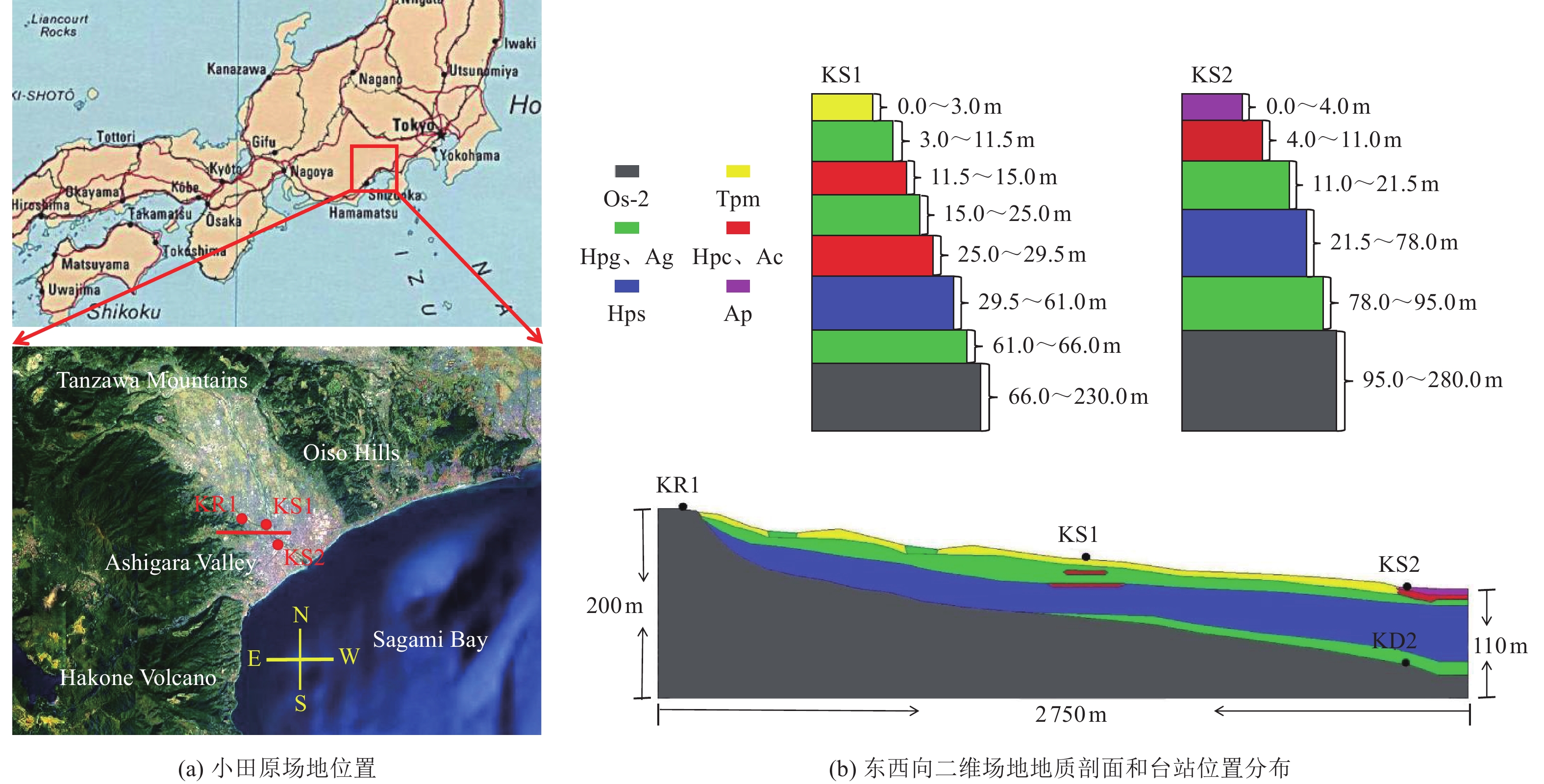
 下载:
下载:
